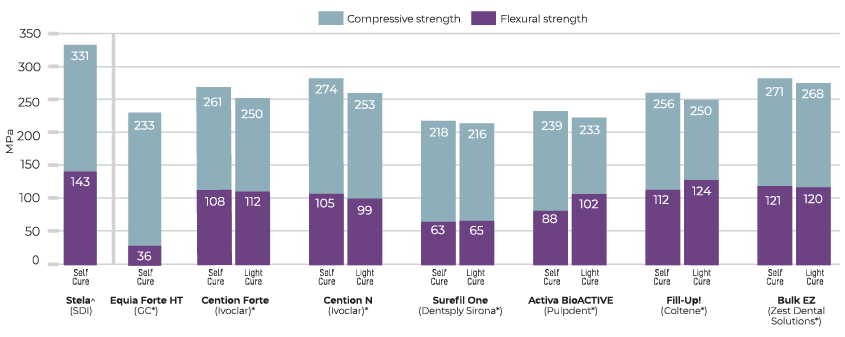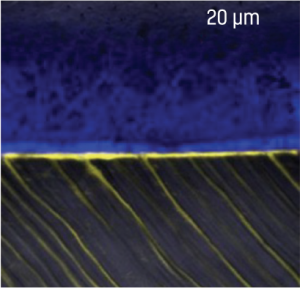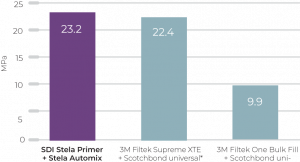Stela – The true amalgam alternative
SDI has drawn on its 50 years of amalgam material experience to develop Stela – the true amalgam alternative.
Stela is an innovative high-performance self-cure composite that was designed from the ground up to replace amalgam.
Stela benefits:
- high compressive and flexural strength
- for use in class I, II, III and V restorations
- an unlimited depth of cure
- a gap-free interface
- simple 2 step process
- no etching
- no need for a curing light
- available in automix syringe or capsule.
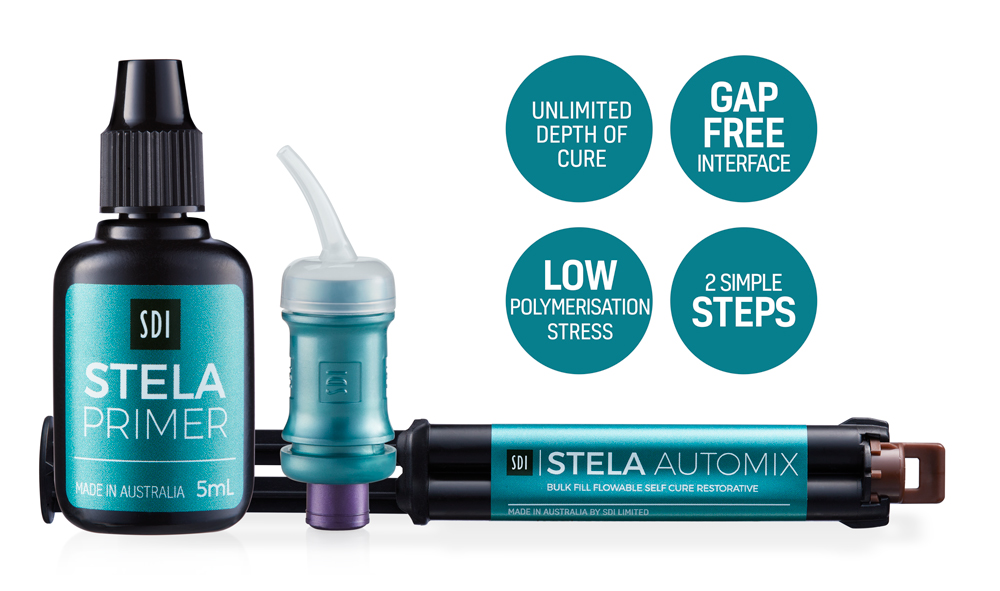
The Stela breakthrough technology is the result of a partnership between SDI scientists and engineers from three leading Australian universities; the University of New South Wales, the University of Sydney, and the University of Wollongong. Stela is not just a composite – it is a complete end-to-end system that is formulated to deliver stronger and more efficient restorations.
The superior strength of Stela
Stela is indicated for use in class I, II, III and V restorations.
The Stela initiator system starts a snap set fast cure to convert monomers into polymer chains. Simultaneously, these chains become rapidly and densely cross-linked to each other, forming a complex network. This network reliably binds fillers. The results; impressive mechanical properties.
Stela boasts a high compressive strength that protects teeth against strong occlusal forces, and a high flexural strength that reduces the likelihood of failures due to major stresses. The strength of a restorative should always be judged on its combination of compressive and flexural properties, and Stela has the perfect balance of both, outperforming most other composite products.
15 Seconds preparation: restore in 2 steps
Stela is applied in a simplified two-step process; primer, then composite.
While traditional composite systems can take up to 120 seconds to prepare, Stela restorations are ready for placement in just 15 seconds. This is achieved by eliminating the traditional, time-consuming steps of etch, prime, bond, and light cure. With the two-step Stela system, clinicians can benefit from reduced in-chair time, high patient satisfaction rates, and long-lasting restorations.
Stela as a working time of 1.5 minutes and a self cure setting time of 4 minutes.
Your choice: syringe or capsule
Stela is available in both capsule and syringe systems, both used in conjunction with Stela Primer. The universal shade offers a chameleon effect that balances translucency and opacity. This superior effect blends in with surrounding tooth structures to produce a flawless finish and aesthetic results. Stela is indicated for a wide range of clinical uses, including Class I, II, III and V restorations, base or liner, core buildups, and sealing endodontic access cavities.
The Stela Automix system
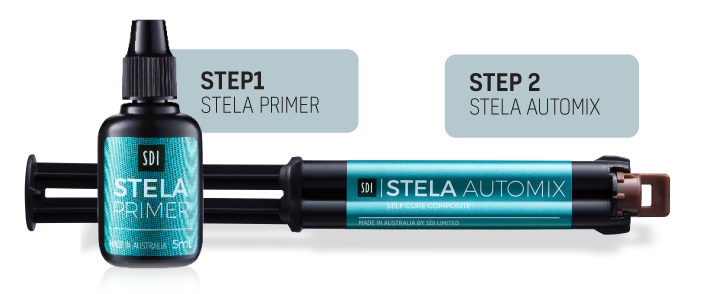
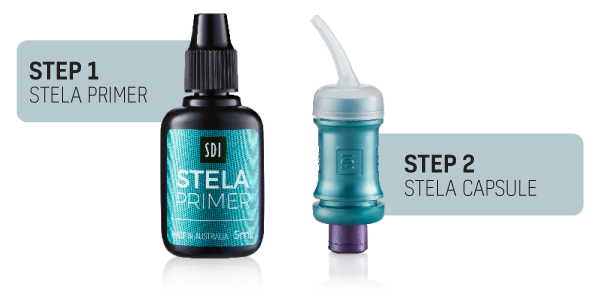
One shade: chameleon aesthetics
Unlike many self-cure composites, Stela has been formulated without tertiary amine. This additive has been shown to contribute to the yellowing of restorations over time.1,2 With Stela, clinicians can rest assured knowing their restorations have improved long term colour stability.
Stela is available in one universal shade, developed with chameleon effect to mimic the shade of the surrounding teeth.
STELA BONDING INTERFACE (SELF ETCH)
SOURCE: SAURO, Salvator et al. 2022 6
Gap free restorations
Stela features innovative technology that enables a gap-free interface. When light curing a composite, polymerisation begins in the area closest to the light source with the resulting polymerisation shrinkage pulling the restorative away from the cavity walls, creating micro gaps.3,4,5 Stela does not require light curing, and Stela Primer contains a catalyst that initiates the curing process at the restoration interface. This polymerisation sequence mitigates stress to enable a gap-free interface, reducing post operative sensitivity and the risk of premature failure.
Stela Primer also contains 10-MPD and has been shown to provide superior bond strength compared to other leading adhesive/composite combinations.
In addition, Stela contains fluoride, calcium, and strontium, and is BPA and HEMA free. And Stela offers a radiopacity of 308% Aluminum for easy diagnosis.
Stela is the ideal option for clinicians who are seeking a strong and reliable high-performance restorative, that is simple, fast and does not compromise aesthetics. Stela’s gap-free interface and simplified process reduces sensitivity and increases longevity, resulting in loyal patients and confident dentists.
Stela is an Australian innovation, developed and manufactured in Australia by SDI Limited.

 DR JOSÉ CEDILLO
DR JOSÉ CEDILLO
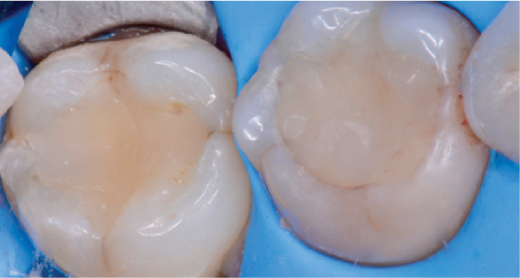
First and second lower molars with defective composite restorations
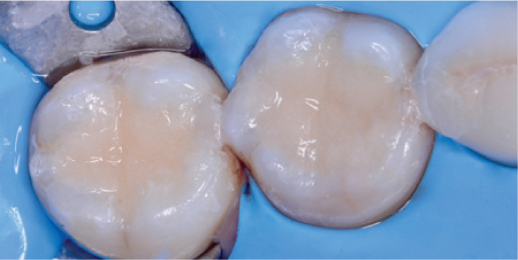
Caries removed and large Class I cavities prepared
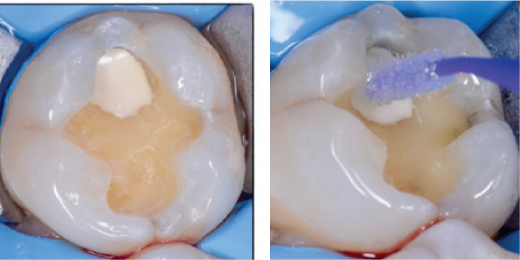
Application of calcium hydroxide to protect the deepest area of one cavity, followed by application of Stela Primer

Restoration complete

“Moving away from incremental techniques using a chemically cured bulk composite allows us to work faster and with a highly reproducible and safer process.”
 Dr Eraldo Pesaressi
Dr Eraldo Pesaressi
PhD in Medical Science, Research associate at the University of San Martin de Porres – Lima – Peru
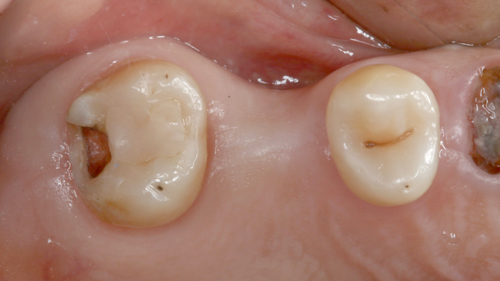
Step 1: Molar with decay
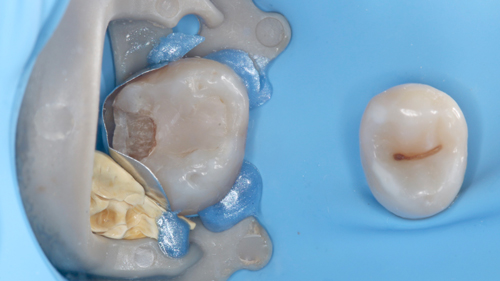
Step 2: After caries removal and isolation with rubber dam
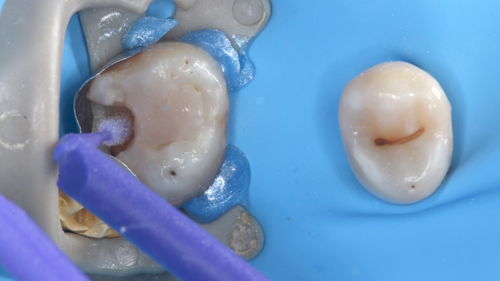
Step 3: Application of Stela Primer
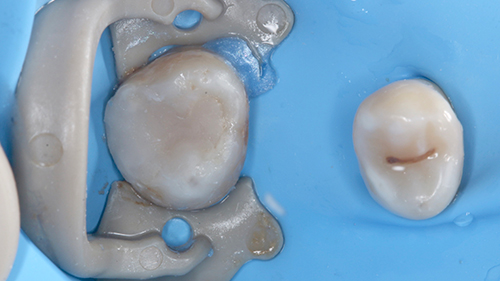
Step 4: Restoration completed

“I used Stela with different protocols, including directly, without pulp protection and it did not cause sensitivity. Thank you, SDI, for sharing these wonderful developments in our profession!”
 PROF DR GONZALO ARANA GORDILO
PROF DR GONZALO ARANA GORDILO
Professor in multiple Colombian universities International Lecturer in Biomaterials and Dental Aesthetics
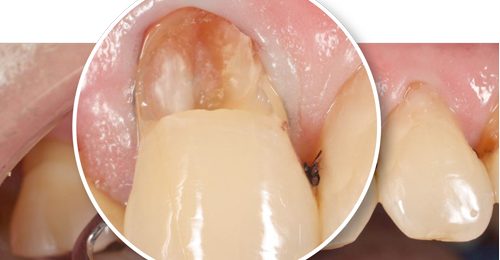
Cavity prepared and ready to be isolated with rubber dam
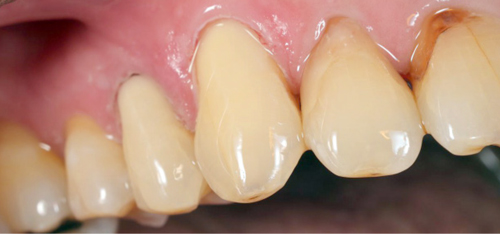
Final aspect after finishing and polishing

“The application of Stela is very easy and after 4 minutes the restoration had the same shade as the tooth. Great polishability! Perfect product!”
 PROF DR ROCIO LAZO
PROF DR ROCIO LAZO
Professor of the Specialization Program in Paediatric Dentistry at the Scientific University of the South – Lima – Peru
Co-author of three books on Paediatric Dentistry and several research papers
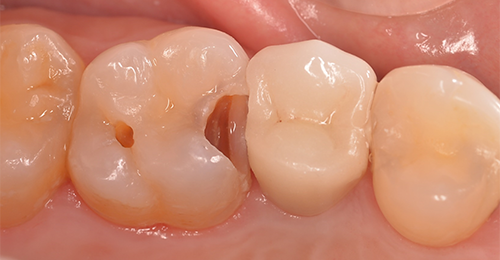
Cavity prepared and ready to be isolated with rubber dam
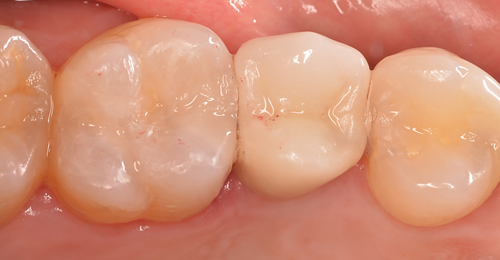
Final aspect after finishing and polishing
REFERENCES:
- Andrea Kowalska et al. The Photoinitiators Used in Resin Based Dental Composite – A Review and Future Perspectives, 2021
- Andrea Kowalska et al. Can TPO as Photoinitiator Replace “Golden Mean” Camphorquinone and Tertiary Amines in Dental Composites?, 2022
- Hamdi Hosni Hamama. Recent advances in posterior resin composite restorations in Applications of Nanocomposite Materials in Dentistry, 2019.
- S.R. Schricker. Composite resin polymerization and relevant parameters in Orthodontic Applications of Biomaterials, 2017.
- Gary S. Berkowitz et al. Postoperative Hypersensitivity and Its Relationship to Preparation Variables in Class I Resin-Based Composite Restorations: Findings from the Practitioners Engaged in Applied Research and Learning (PEARL) Network. Part 1. Compend Contin Educ Dent. 2013 Mar; 34(3): e44–e52.
- Salvatore Sauro et al.Microtensile bond strength and interfacial adaptation of two bulk-fill composites compared to a conventional composite restorative system, 2022.
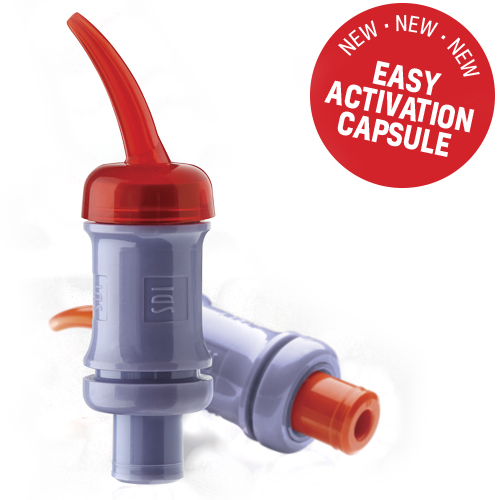
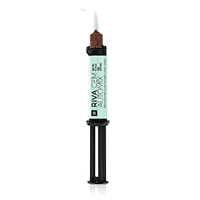
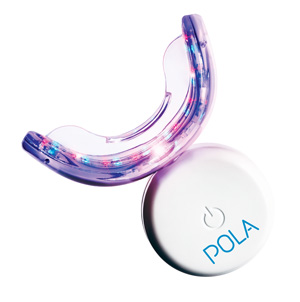
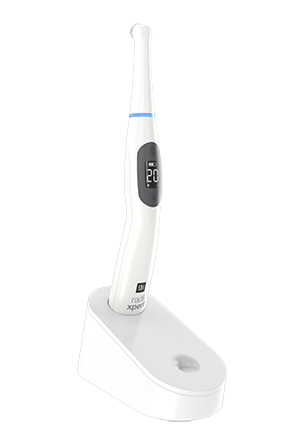
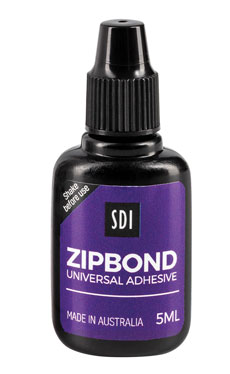


 New Zealand -
New Zealand - 
 United States -
United States -  Canada -
Canada -  Canada -
Canada -  Central/South America -
Central/South America -  Brazil -
Brazil - 
 United Kingdom -
United Kingdom -  Ireland -
Ireland -  Germany -
Germany -  France -
France -  Italy -
Italy -  Spain -
Spain -  Poland -
Poland -  Portugal -
Portugal -  Czech Republic -
Czech Republic -  Other European countries -
Other European countries - 



